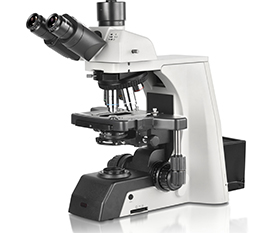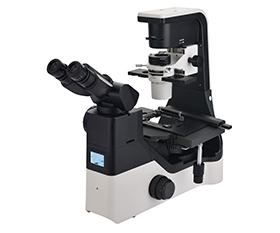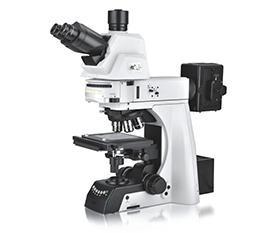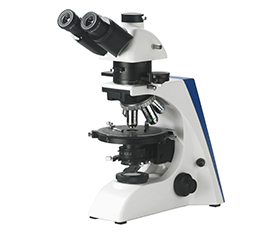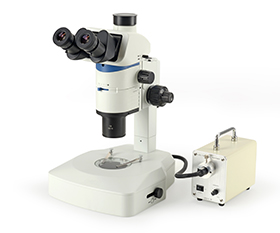How to Choose a Microscope?
This article aims to help you to fast and correctly choose an optical microscope. During the purchase process, you will see extensive information, which come in different brands, with prices range from a few hundred dollars to several thousand dollars. So how do we choose a proper microscope?
There are some important things to be aware of before you buy.
1. What type of the microscope do you need?
There are many types of microscopes, such as biological microscope, stereo microscope, polarizing microscope, metallurgical microscope or fluorescent microscope etc. Before you purchase it, please first clear where will you apply the microscope, so you can save your time and money and shot the target.
Sometimes, if you don’t know what kind of microscope to choose, you can consider the proper models base on your specimen and the requirement of the magnification.
(1) For biological slides, pathological analysis, it is better to use biological microscopes.
(2) For circuit board, small parts inspection, insect research and areas which do not need high magnification, usually lower than 100x. Stereo microscopes are good.
(3) For mineral stone, pharmaceutical and crystalline material, you can use polarizing microscope.
(4) For metals, alloys, and similar materials, a metallographic microscope is suitable.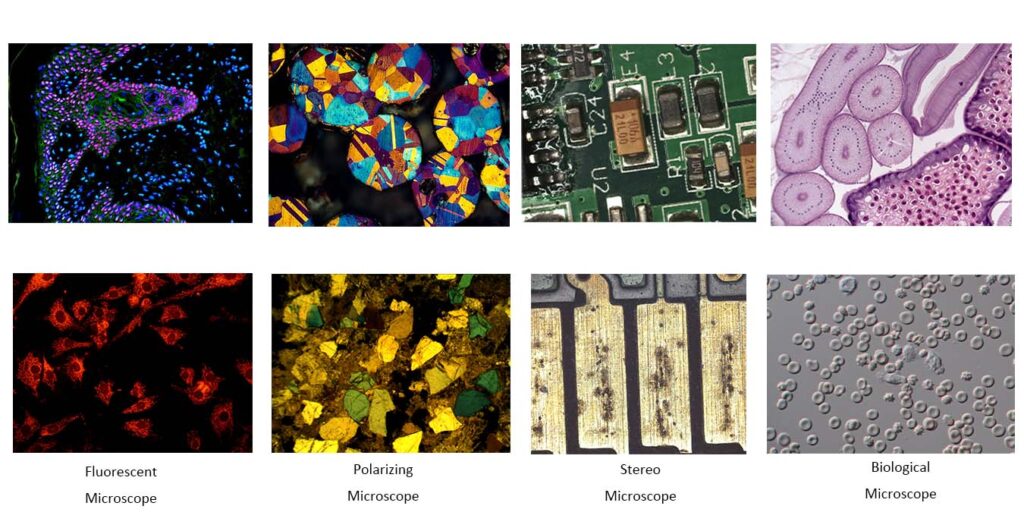
2. Do you want an inverted or upright microscope?
Biological microscopes and metallurgical microscopes have inverted and upright models. For tissue culture and live cells in biology and big specimen in metallurgy, we usually use inverted type. Otherwise, you can choose the upright type.
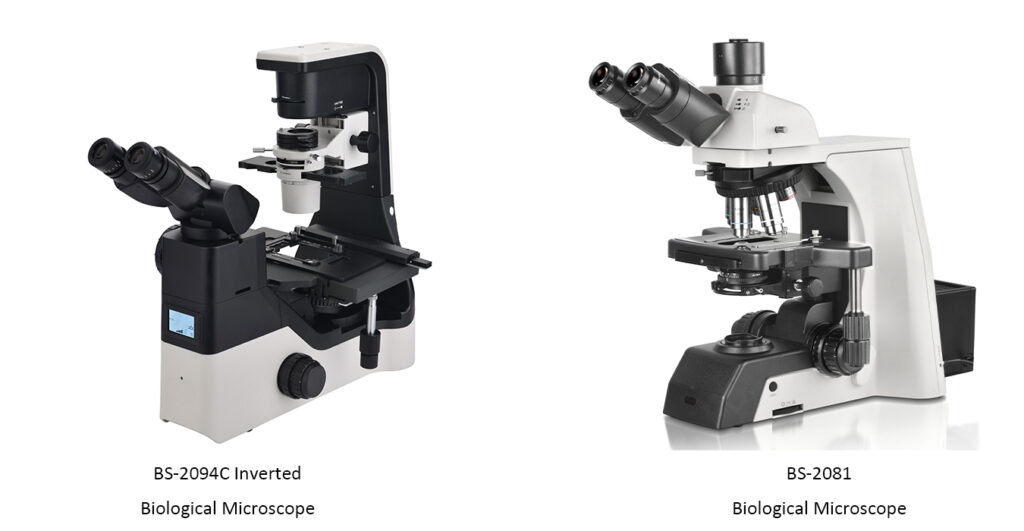 3.Check the detail specifications of the microscope.
3.Check the detail specifications of the microscope.
You can choose the best model according to the detail specifications after confirmed the application. The microscope structure is shown in the picture.
Taking a biological microscope as an example, we need to know the following information clearly.
Optical System has Finite optical system and Infinite optical system. Finite optical system is often used in basic and medium level microscopes, Infinite optical system is for medium and high level microscopes.
Eyepiece: WF10x/18 is usually used for basic and medium level microscopes, WF10x/20 is usually used for medium and high level microscopes, and WF10x/22, EW10X/23mm, EW10X/24mm and SW10X/25mm eyepieces are usually used for higher level microscopes.
Objectives are divided into finite and infinite, each kind of finite or infinite objective also includes achromatic objectives, semi-plan achromatic objectives and plan achromatic objectives from low level to high level. Infinite plan semi-APO and APO objectives are usually used for high end biological, polarizing and metallurgical microscopes.
Nosepiece is Quadruple, Quintuple and Sextuple (from low level to high level). There are also coded nosepiece and motorized nosepiece which are mainly used for high end microscopes.
Stage: You can see the level of microscope outfit according to the size and moving range of stage. Usually the larger the size, the bigger the move range, the higher level the microscope. Rackless stage is more and more popular.
Condenser: We usually have NA0.9, NA1.2, NA1.25 condenser. NA1.25 condenser is mostly used for biological microscopes. Swing out condenser is usually for high level microscopes.
Illumination includes LED lamp, Halogen lamp (20W, 30W and 100W) and Mercury lamp. LED illumination is more and more popular because it saves energy and has long working life. Halogen lamps are similar to natural light, and are still used in some high level microscope and research level microscopes. Mercury lamp is used in fluorescent microscopes.
Most of biological microscopes can be attached with Dark Field, Phase Contrast Kit and Fluorescence attachment.
Viewing Head: If you need to take pictures, videos, measure, or write a paper, you can choose a trinocular microscope and a suitable camera (we have other articles on how to choose and use a camera). For general observation and operation under a microscope, you can choose a binocular microscope.
For the details of other microscopes, you can refer to the information of biological microscopes. But there are still other information about different type of microscopes:
Stereo Microscope: mainly check the eyepiece and zoom ratio, then confirm if accessories needed like universal stand and cold light source.
Polarizing Microscope: mainly check illumination: transmitted or reflected. Transmitted illumination is usually for transparent and semi-transparent specimens, while reflected illumination is for un-transparent specimens. Then check optical system, eyepiece, objective, stage, condenser, illumination (20W, 30W, 50W or 100W) and others.
Metallurgical Microscope: firstly, make sure the type: upright or inverted. Then confirm if dark field needed, and then check the detail specifications like eyepiece, objectives and illumination to confirm the model.
Fluorescent Microscope: firstly, make sure the type: inverted or upright. Then check the light source: mercury or LED, and choose proper fluorescent filters.
Gemological Microscope: mainly check zoom ratio and illumination.
If you have any questions in the process of purchasing a microscope, please feel free to contact us. We are looking forward to cooperating with you!


